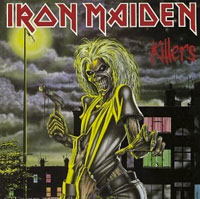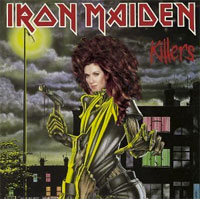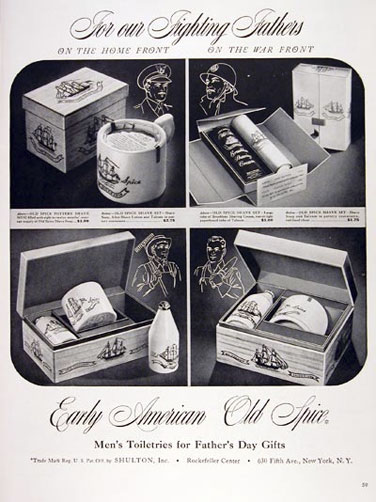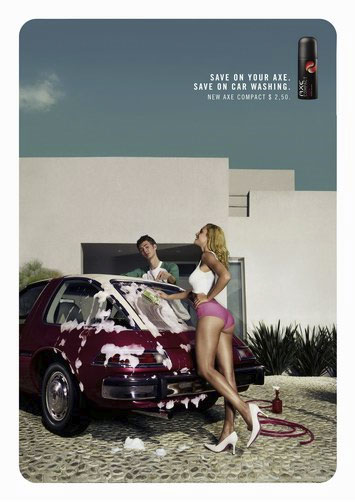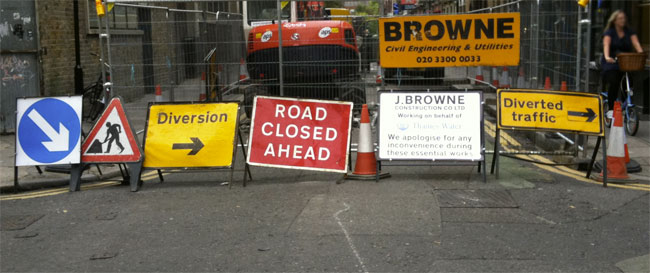4-1 : Layouts... what makes them, what kills themWhat is a Graphic Design? What makes a good design? First and foremost, it must convey the message it was designed for. Secondly, it must be clear enough to give that message. It should also be representative of the business or person that it represents. Imagine Iron Maiden album art on a Celine Dion album or vice versa. Maybe a combination of the two?
So here you can see that one design is good for one message, and another design works for a different message. When starting a design, you need to know what kind of feeling you want to put out there. It will represent you or your client or your boss. Everything from the images to the fonts will need to be considered. What makes a bad design? Think of a magazine ad from the 60's. They looked great then, but we laugh at them today. Will the designs of 2010 look silly in 10 years time? Who knows, but design styles change. If you are designing something to be modern, you better know what the trends are. If you are looking for something timeless, it can be good to avoid the latest trends.
My, how times have changed. So has design. This level of the course will take you through exercises that create different types of design. You'll see what goes into a poster or a website and get you started on making great designs of your own. We'll also help guide you from some of the common pitfalls that new designers might make. I know that I look back at some of my early work and just shudder! While you are working on this level, take time to examine some of the graphic designs that surround you. Think about the message, the look - and if you feel that you know about the product being pushed. Graphic design doesn't have to be practical like Product Design. It has to fit the format it's used in, but you are going for a 'gut' feeling here. You are reaching for emotions that will get a response from the viewer. But remember - don't overdo it! Corporate Identity When starting out, you won't likely be working on a Bank of America advertising account, but you could be designing your own website, logo, business card and letterhead. When designing, you want to think about how these items work together to send the same message. Later tutorials will explain how an image has to look good in color AND black and white. A logo that looks good on a computer screen might not be able to be screen printed easily. All of these thoughts need to go in your head when first start working on more than a simple one time design. Conclusion Reference
|
|||||||||
<< Previous Tutorial |
Return to List |
Next Tutorial >> |
|||||||
Owned and operated by The Art Department, Chester, NE |
Last Update: |
